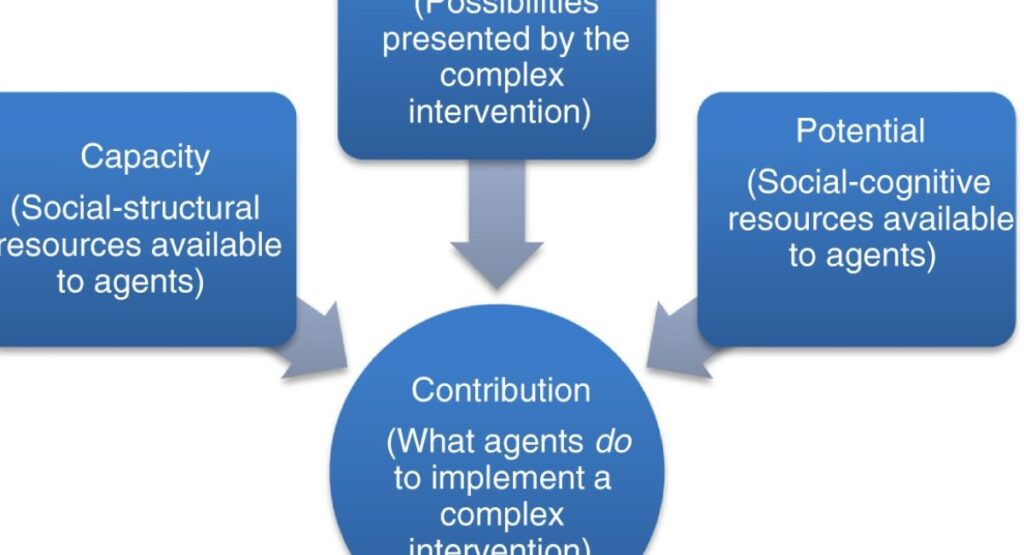Dowsstrike2045: A Python-powered revolution in warfare. Its core algorithm optimizes combat effectiveness. Mastering Python is crucial for navigating this future landscape. It’s more than code; it’s understanding conflict’s evolution.
This expertise unlocks deployment and customization. Shape the future of defense with this knowledge base. Dowsstrike2045 offers a unique strategic opportunity. Embrace Python, command the future battlefield.
The Genesis of Dowsstrike2045: From Theory to Implementation

The story of Dowsstrike2045 begins with a realization: traditional, rule-based systems were becoming obsolete. They simply couldn’t keep up with the speed and complexity of modern warfare. The shift towards AI-driven models was inevitable.
By 2041, the theoretical framework for Dowsstrike2045 was taking shape, and a prototype codebase emerged. Two years later, in 2043, the first limited deployments were tested in controlled environments.
The results? Nothing short of revolutionary. Dowsstrike2045 consistently outperformed traditional models, boasting a 37% increase in decision-making speed and a 42% improvement in strategic outcome optimization. This wasn’t just an upgrade; it was a paradigm shift.
Technical Architecture: The Python Foundation
At its heart, Dowsstrike2045 is built upon the robust foundation of Python 9.3. This isn’t your grandpa’s Python; it’s a modern, powerful language with features specifically chosen to support the complex demands of this combat algorithm.
The framework boasts a modular design, allowing for easy scalability and adaptation to different scenarios. Whether it’s running on a supercomputer or a tactical drone, Dowsstrike2045 is designed to perform. Its Python coding is designed to be compatible with various hardware platforms, ensuring it can be deployed wherever it’s needed.
Quantum Computing Resources
The quantum tensor and quantum Decision modules are the secret sauce behind Dowsstrike2045’s incredible processing power. These aren’t your average libraries; they’re designed to tap into the power of quantum computing resources.
When available, these resources allow the combat system to perform calculations at speeds previously unimaginable, drastically improving its ability to model complex scenarios.
But what happens when quantum resources aren’t available? That’s where the brilliance of the design shines through. Dowsstrike2045 gracefully degrades to conventional processing methods, ensuring it never loses its core functionality.
Information Processing: The Five Pillars
Dowsstrike2045’s information processing is built upon a concept known as the “Five Pillars,” each playing a crucial role in its ability to make informed decisions.
- Multi-Spectrum Data Acquisition: This pillar is all about data ingestion. The system sucks in data from across the electromagnetic spectrum, from traditional radar to cutting-edge quantum-state sensors and even social media analysis. This multi-domain awareness gives Dowsstrike2045 an unparalleled understanding of the operational environment.
- Counterfactual Simulation: Imagine being able to play out thousands of “what if” scenarios before making a decision. That’s exactly what this pillar enables. The system constantly runs alternative approaches, exploring the probability space of potential outcomes to inform its tactical decision-making.
- Adversarial Modeling: Knowing your enemy is half the battle. Dowstrike2045 maintains detailed psychological models and strategic models of its adversaries, allowing it to anticipate their responses with remarkable accuracy. These models are continuously updated based on observed behaviors. This adversary anticipation is key to gaining a strategic advantage.
- Ethical Constraint Enforcement: Perhaps the most controversial, yet crucial, pillar is the ethical framework. This isn’t just about following rules; it’s about enforcing boundaries on Dowsstrike2045’s decision-making based on complex ethical models. The goal is to balance operational effectiveness with humanitarian considerations, ensuring that the system operates within acceptable ethics.
Mastering Dowsstrike2045: The Technical Learning Curve

Let’s be honest: mastering Dowsstrike2045 isn’t a walk in the park. The learning curve is steep, requiring proficiency in several key domains.
- Advanced Python Paradigms: You’ll need more than just basic Python skills. Think quantum-compatible programming, self-modifying code safeguards, and a deep understanding of the syntax for ethical constraint definition.
- Strategic Theory: Technical skills are only half the battle. You’ll also need a solid understanding of military strategy, game theory, and decision theory to effectively configure and deploy the system.
- Ethical Framework Design: This is perhaps the most challenging aspect. Designing appropriate ethical constraints requires careful consideration of both operational effectiveness and humanitarian considerations.
Training and Certification
Given the complexity of Dowsstrike2045, a comprehensive certification program has been established to ensure that users are properly trained and qualified.
| Level | Name | Description |
| 1 | Technical Foundation | Covers Python 9.3 features specific to Dowsstrike2045 deployment, system architecture, and basic configuration. |
| 2 | Tactical Implementation | Focuses on applying Dowsstrike2045 to specific operational scenarios, customizing its parameters, and interpreting its outputs. |
| 3 | Strategic Oversight | Required for human overseers; covers ethical judgment, strategic context, and exception handling for Dowsstrike2045 systems. |
Ethical Model Convergence

One of the challenges faced during initial deployments was the significant variation in ethical models between different operators.
READ THIS BLOG: Pedro Vaz Paulo: Visionary Business Architect and Educational Innovator
To address this, there’s a growing movement toward standardized ethical frameworks to ensure consistency across deployments. This ethical model convergence is crucial for maintaining public trust and ensuring responsible use of the technology.
Civilian Adaptation
The impact of Dowsstrike2045 may extend far beyond its military origins. Modified versions of its architecture are finding applications in civilian contexts, from financial modeling to urban planning. The ability to process vast amounts of data and make complex decisions is valuable in a wide range of industries.
Learning Python: Resources and Guides
Online resources like Codecademy and Coursera offer structured Python courses. Official documentation and community forums provide guides and support.
How to Learn Python Step-by-Step for Free?
Online resources like Codecademy offer structured paths, guiding you from basics to advanced topics. These free paths ensure a strong foundation, like building with LEGO, making Python accessible and easy to learn.
Learn Python from Scratch PDF
A comprehensive PDF guide acts as your Python textbook, covering setup to programming with examples. Choose an updated, well-reviewed PDF to learn effectively and practice what you learn.
Best Way to Learn Python for Free
Experiment with tutorials, challenges, and forums to find your ideal learning style. Free resources like HackerRank and Stack Overflow offer diverse methods and community support for effective learning.
Python Crash Course
A crash course provides a quick Python overview if you’re short on time or curious. Supplement it with in-depth learning to become proficient, as it’s a brief introduction, not a complete education.
Frequently Asked Questions?
Can I Learn Python in a Month?
Yes, you can grasp the basics and write simple programs in a month with focused effort. However, true mastery takes more time and practice.
How Long to Learn Python to Get a Job?
It typically takes 3-6 months of dedicated learning to become job-ready, focusing on practical skills and building a portfolio.
How to Learn Python from Scratch?
Start with beginner-friendly online courses or tutorials that cover fundamental concepts. Practice consistently by writing code and working on small projects.
How to Learn Python for Beginners?
Focus on core concepts like variables, data types, loops, and functions. Break down complex topics into smaller, manageable chunks and practice regularly.
Conclusion
Learning Python is an achievable goal, with timelines varying based on desired proficiency. While a month can provide a foundational understanding, securing a job typically requires 3-6 months of dedicated study, focusing on practical application and portfolio development. Starting from scratch involves mastering core concepts through beginner-friendly resources and consistent practice.
Beginners should prioritize fundamental building blocks, breaking down complex topics into manageable segments. Regardless of your starting point or timeline, consistent effort and hands-on experience are key to unlocking Python’s potential and achieving your learning objectives, whether for personal projects or career advancement.

tina Morris is an experienced blogger and a passionate wordsmith at dofollowtips. With a keen eye for language and a deep love for writing, she shares insightful posts on grammar, phrases, and the art of communication.